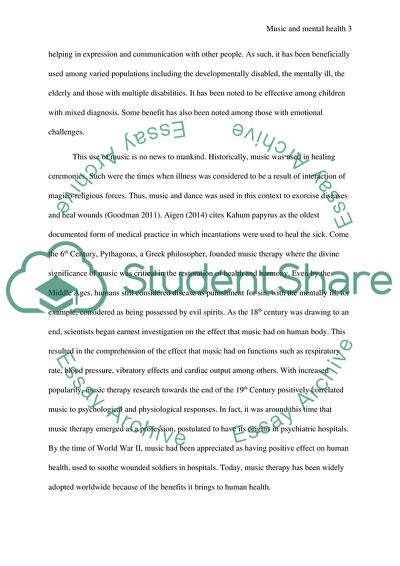Cite this document
(Positive and Negative Effects of Music upon Mental Health Essay, n.d.)
Positive and Negative Effects of Music upon Mental Health Essay. https://studentshare.org/music/1873618-analyse-the-positive-and-negative-effects-that-music-has-upon-mental-health
Positive and Negative Effects of Music upon Mental Health Essay. https://studentshare.org/music/1873618-analyse-the-positive-and-negative-effects-that-music-has-upon-mental-health
(Positive and Negative Effects of Music Upon Mental Health Essay)
Positive and Negative Effects of Music Upon Mental Health Essay. https://studentshare.org/music/1873618-analyse-the-positive-and-negative-effects-that-music-has-upon-mental-health.
Positive and Negative Effects of Music Upon Mental Health Essay. https://studentshare.org/music/1873618-analyse-the-positive-and-negative-effects-that-music-has-upon-mental-health.
“Positive and Negative Effects of Music Upon Mental Health Essay”. https://studentshare.org/music/1873618-analyse-the-positive-and-negative-effects-that-music-has-upon-mental-health.


